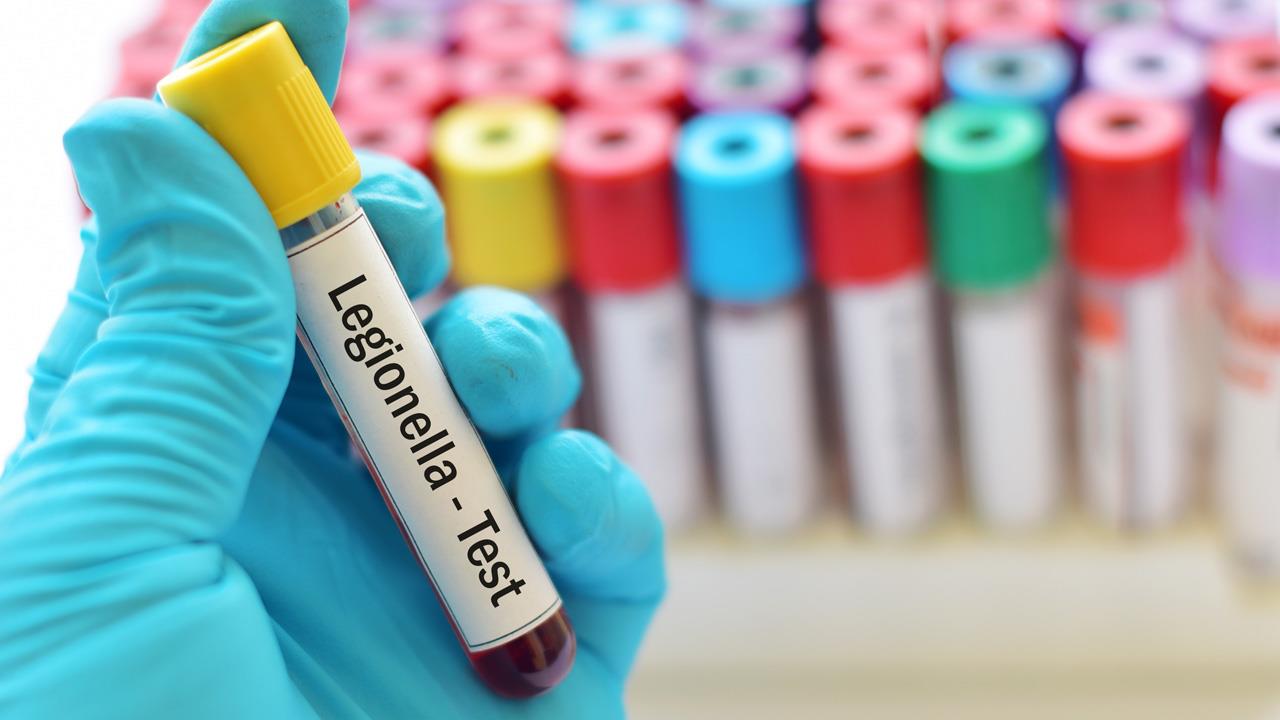

Jerry Whiteley, Technical Manager at the Chartered Institute of Plumbing and Heating Engineering, provides his top tips for combatting legionella.
According to the latest monthly legionella report from Public Health England, there have been 213 confirmed cases of Legionnaires’ disease so far this year, which makes getting the disease under control a top priority for the plumbing and heating industry.
Legionnaires’ disease is a major issue, and one that is refusing to go away. The recent outbreaks at the Dolphin Square apartments in London and the Healax Salt Caves in Bournemouth highlight the prevalence of the disease. By following correct protocol and being aware of the main ways of preventing growth of the harmful bacteria, installers can play a critical part in getting it under control.
Compliance
One of the most effective ways to decrease the prevalence of legionella is to ensure all water systems are compliant with the various standards and guidelines produced by the Health and Safety Executive (HSE). These include ACOP L 8 and HSG 274, which stand alongside more industry-specific standards (such as HTM04 for health care premises) to ensure protection against legionella.
It is worth noting the seven mandatory requirements of any water system with the potential to be a source of legionella bacterial growth, which are:
The importance of understanding the various regulations, and how to comply with them, cannot be overestimated. This represents a unique opportunity for plumbing and heating engineers to position themselves as a key knowledgeable source of information.
Checks and risk assessments
As outlined above, water systems with the potential to become a source of legionella bacterial growth must be regularly checked and risk assessed. For example, the practical risk assessments should include looking at associated risks for circumstances, such as working in confined spaces, or at heights.
For systems containing a calorifier, a monthly check should be carried out to ensure that the storage temperature remains at 60°c, and that the return temperatures stay above 50°c (55°c in healthcare premises). There must also be an annual check of the integrity of the calorifier. This can be done either by an inspection hatch or by draining down for a sample.
Sentinel points – which are the nearest and farthest outlets on a water distribution system – must be tested on a monthly basis, while fail-safe tests should also be carried out on thermostatic mixing valves. This involves turning off the cold water and, if the total flow does not stop, then servicing the valve.
Monitoring and maintenance
If there is an expansion vessel, the feed needs to be safeguarded to prevent stagnation. This is done by opening the drain point, and then flushing the leg of the pipework and vessel in order to get fresh water into them.
Showerheads are also frequently overlooked as locations in which legionella can flourish. They should be removed on a quarterly basis to allow for effective disinfection and descaling.
There is a huge range of water distribution systems, from small to large and from simple to complex. It is important to be aware that all systems require monitoring for legionella growth, even those that are not classed as ‘little use’, such as caravans and motorhomes.
The same can be said for pre-existing systems, which have components that need to be checked. For example, mesh screens, which prevent insects and vermin from entering the system, must remain in place on the overflow.
Similarly, lids should continue to be tightly fitted and in good condition. These elements of a water system may have been properly installed originally, but continuous monitoring of the system is required to ensure that legionella continues to be guarded against.
It is worth recording that if a system has been taken out of use for a substantial period of time, it should be recommissioned as though it were new. This means thoroughly flushing, cleaning, and disinfecting, just as any newly installed system would be.
Final thoughts
The prevalence of legionella is something that demands serious attention and it is important for everyone to be vigilant. By understanding the key considerations in checking and maintaining water systems, plumbing and heating industry professionals can play a crucial role in combating Legionnaires’ disease.
By improving awareness of the issues surrounding legionella, we can all play a part in safeguarding the most vulnerable in our society
If you'd like to keep up-to-date with the latest developments in the heating and plumbing industry, why not subscribe to our weekly newsletters? Just click the button below and you can ensure all the latest industry news and new product information lands in your inbox every week.